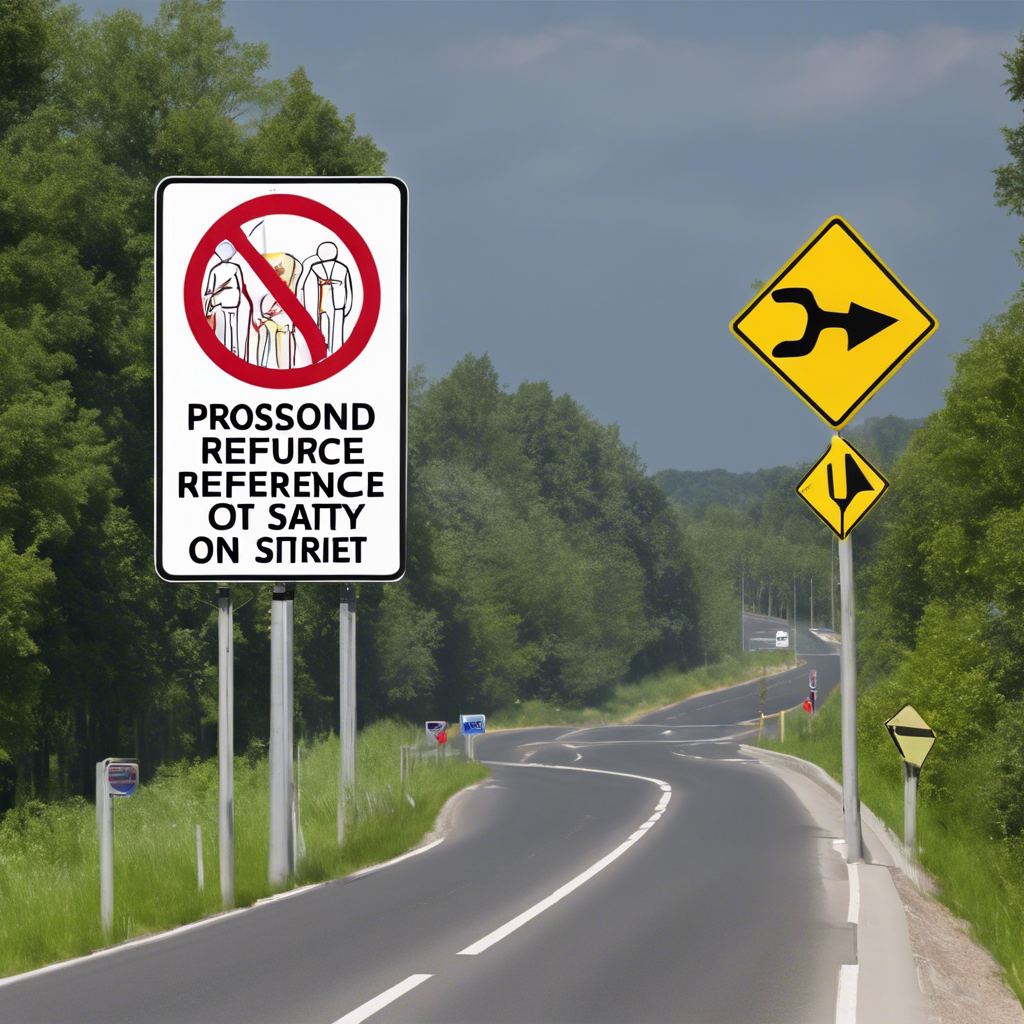Proposed Ban on Humorous and Pop Culture References on Electronic Road Signs Aims to Improve Safety

The U.S. Federal Highway Administration proposes new guidelines to eliminate potentially confusing messages on electronic road signs.
The U.S. Federal Highway Administration (FHWA) has released a new 1,100-page manual that includes a proposed ban on “humorous,” “obscure,” and “popular culture” references on electronic road signs. The FHWA argues that these nonstandard messages may be misunderstood and create hazards for drivers. The 11th edition of the Manual on Uniform Traffic Control Devices for Streets and Highways, the first major update since 2009, aims to secure a future without serious roadway injuries or fatalities. The proposed rules for electronic signage are a response to instances where safety warnings and messages have been misinterpreted. This article examines the reasons behind the proposed ban and the potential impact on road safety.
Safety Concerns Prompt Ban on Nonstandard Messages
The FHWA’s proposed ban on humorous and pop culture references on electronic road signs stems from concerns about driver comprehension and the potential hazards that arise from misinterpretation. The agency argues that some drivers fail to understand the intended safety message when presented in a nonstandard format. As a result, the effectiveness of these signs as official traffic control devices is compromised.
Examples of Misinterpreted Signs
Instances of misinterpreted signs have prompted the FHWA to take action. In Massachusetts, a sign that read “Use Yah Blinkah” was intended to encourage the use of turn signals but was misunderstood by some drivers. Similarly, an Ohio sign advising drivers to “Slow down, get there late” when visiting in-laws was intended as a humorous reminder to drive safely, but it was misinterpreted as an instruction to arrive late. In New Jersey, a sign stating “Hocus-pocus, drive with focus” was meant to draw attention to distracted driving, but the pop culture reference led to confusion.
FHWA’s Rationale for the Ban
The FHWA justifies the ban on nonstandard messages by stating that they can be misunderstood or understood only by a limited segment of road users. This limited comprehension undermines the overall effectiveness of the sign as an official traffic control device. The agency emphasizes that only traffic safety campaign messages that are part of an active, coordinated safety campaign should be displayed on electronic roadside signage.
Feedback and Standardization
While some feedback from public forums requested more flexibility in wording for safety messaging, the FHWA found that the new regulations would help curb the overuse or inappropriate use of electronic signage. Standardization, according to the agency, will lead to safer roads by ensuring that messages are universally understood.
Conclusion:
The proposed ban on humorous and pop culture references on electronic road signs by the U.S. Federal Highway Administration aims to improve road safety by eliminating potentially confusing messages. The FHWA’s concerns about driver comprehension and the hazards that arise from misinterpretation have led to the proposed ban. By standardizing the messages displayed on electronic signage, the FHWA hopes to ensure that safety warnings are universally understood. While some argue for more flexibility in wording, the overall goal is to create a future without serious roadway injuries or fatalities. As the new guidelines are reviewed and potentially implemented, it remains to be seen how they will impact road safety and driver behavior.

